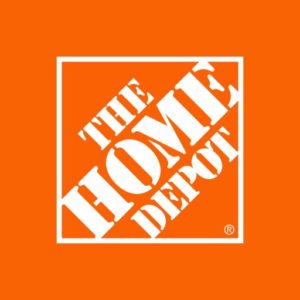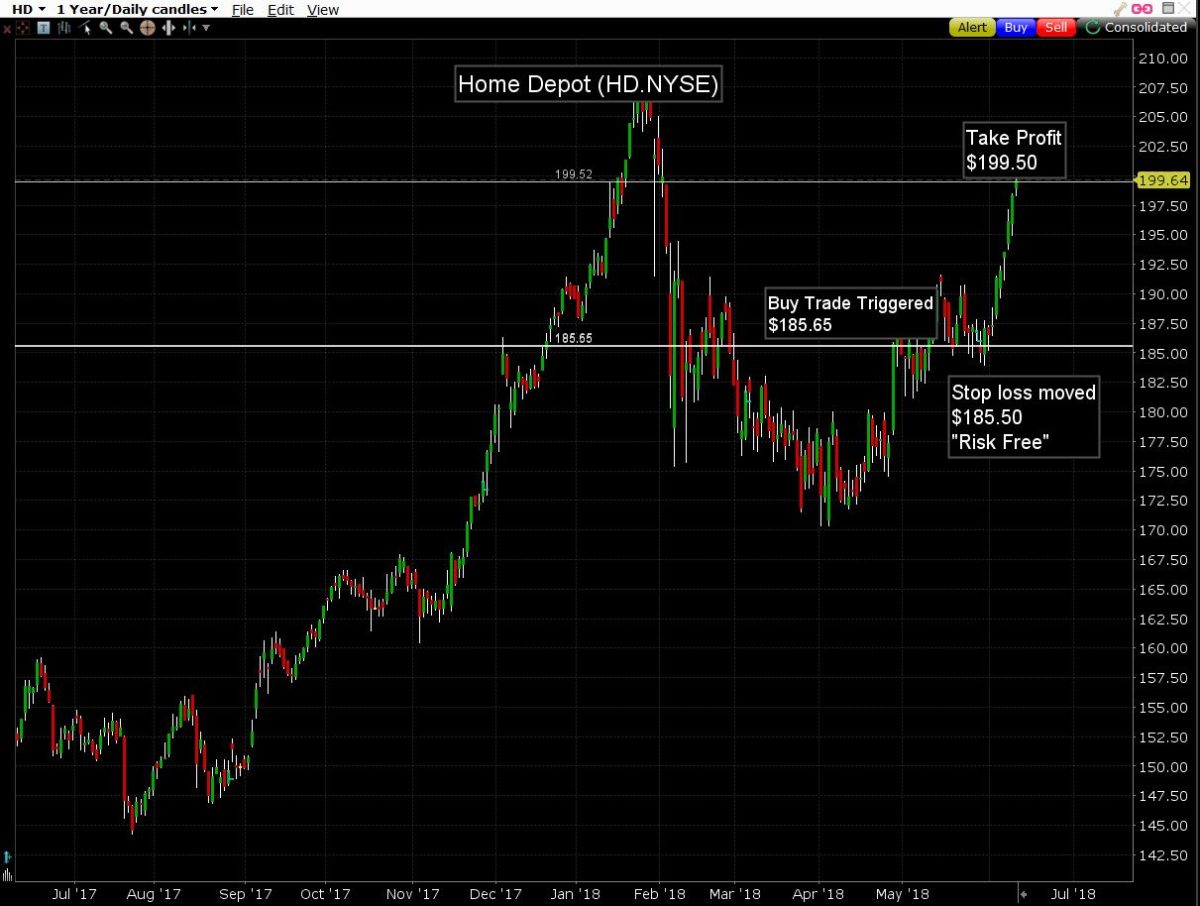
The recent shocks in the bond market following the Italian election made us revaluate our preparedness for a bigger, more sustained, global shock. Our stock positions, for the most part, are exposed and unprotected in the market which is something we’d prefer to avoid.
How are we making the Global Macro Fund “weatherproof”?
We’re ensuring the single stock selection part of the GMF always carries with it a stop loss limit to protected it from anticipated global stocks, the like of which we saw in February and late last month.
We’re creating an amalgamated portfolio which brings together the diversity & solid methodology of the ETF Global Theme Rotation service (I’ll run through this another time) and the Global Protected Stock Service.
What is the GPSS?
The GPSS works on a very simple basis of buying quality stocks returning from a short term downtrend that still hold a long term uptrend.
Our scanners run in all developed markets looking for potential candidates. When a candidate is found, entry levels, take profits & stop losses are set based on key levels.
The GPSS methodology works on the basis that the price of a stock tells a simple story about the buying and selling of a stock and the right times to be a buyer vs the right time to be on the sidelines.
Case Study: Home Depot- trade just closed 11th June
The trade alert to set orders was raised on the 26th March 2018 but first let’s have a look at a long term chart to see where the idea comes from.
Here is a 3 year chart of Home Depot, a well-known home improvement retailer listed on the NYSE. Note I’ve blocked out the movement of the stock from the 26th March onwards so we can see the formation constructed.

As mentioned I’ve hidden the price movement from the 26th March onwards. On that day the trade alert came out to buy HD on a break upwards at $185.65 with a target to reach $201 once the trade is entered.

Patience is a virtue, and with the stock trading at the $175 mark we were more than happy to wait until the price confirmed that the uptrend was back on track.
Now let’s look at what happened and when…
We placed a “Stop Limit” order in our trading system which places a buy trade at $185.65 the instant HD traded at $185.65. We waited a month for confirmation but on the 26th April confirmation came late in the day. Home Depot had been upgraded by numerous brokers at this time.

Two simultaneous “bracket orders” were placed at the time the trade was opened on April 26th. One at our take profit price & one at our stop loss price.
Let’s move on to see the progress of the trade over the next few days…

After the stock continued to rally the stop loss was moved on May 11th to $177.30, bringing the maximum downside from 9.6% to 4.7%.
I haven’t noted it here but the take profit target was brought down slightly on the 17th May to $199.50, a 7.4% maximum profit.
After spending some time around our buy price (and also paying a small USD 1.03 dividend) Home Depot has started to move in June so the stop loss was moved further up to almost completely de-risk the trade.
On the 5th June Home Depot moved up to its highest level since February with momentum moving in the right direction and clients already having a $1.03 dividend collected.

Further rally in the stock means we can move the stop up to the buy price to almost completely eliminate downside risk.

Because orders for taking profits and stopping losses were set at the time of trade, risk levels were known and set from the outset of the trade’s life.
Finally the stock moved through our take profit level and the trade was closed at $199.50, a 15.4% profit including the dividend and a very good trade at minimal risk.

We believe that whilst profits can be made using the theory of “buying low and selling high” we prefer to wait for confirmation of a stock’s movement and “buy high and sell higher”.
A further benefit of this that if the stock continues to downtrend we aren’t exposed in any way. It’s not until the stock rises to confirm the market is buying it again that we enter the trade. Better yet, because all orders are set ahead of time, there’s no need to stay up watching the market overnight. Just set the triggers and let the orders trade across most developed markets on the planet.
There are an average of nine trades a month in the GPSS with the highest return being 25% profit across the entire system between September & December 2017
Current performance is at 15% profit since September 2017 after the 1st half volatility in global markets and we’re happy with that performance.
For further information please do not hesitate to ask.
All the best,
James
All the best,
James Whelan & the VFS Global Macro Fund
Level 30 Australia Square, 264 George Street, Sydney NSW 2000
t +1300 220 360 | m +61 407 958 036 | www.vfsgroup.com.au/gmf
Disclaimer:
This Communication has been prepared by Vertical Capital Markets Pty Ltd (ABN 11 147 186 114 AFS Licence No. 418418) trading as VFS Group (VFS Group).
This Communication is for general information purposes only. It does not take into account your investment objectives, financial situation or particular needs. Before making an investment decision on the basis of the information contained in this report, you should consider whether the information is appropriate in light of your particular investment objectives, financial situation or particular needs. You may wish to consult an appropriately qualified professional to advise you. Derivatives can be highly leveraged, carry a high level of risk and are not suitable for all investors. Investors should only invest in such products if they have experience in derivatives and understand the associated risks.
VFS Group and/or entities and persons connected with it may have an interest in the securities the subject of the recommendations set out in this report. In addition, VFS Group and/or its agents will receive brokerage on any transaction involving the relevant securities or derivatives.
If you receive this Communication in error, please immediately delete it and all copies of it from your system, destroy any hard copies of it and notify the sender. If you are not the intended recipient, you must not disclose the information contained in this Communication in any way.

